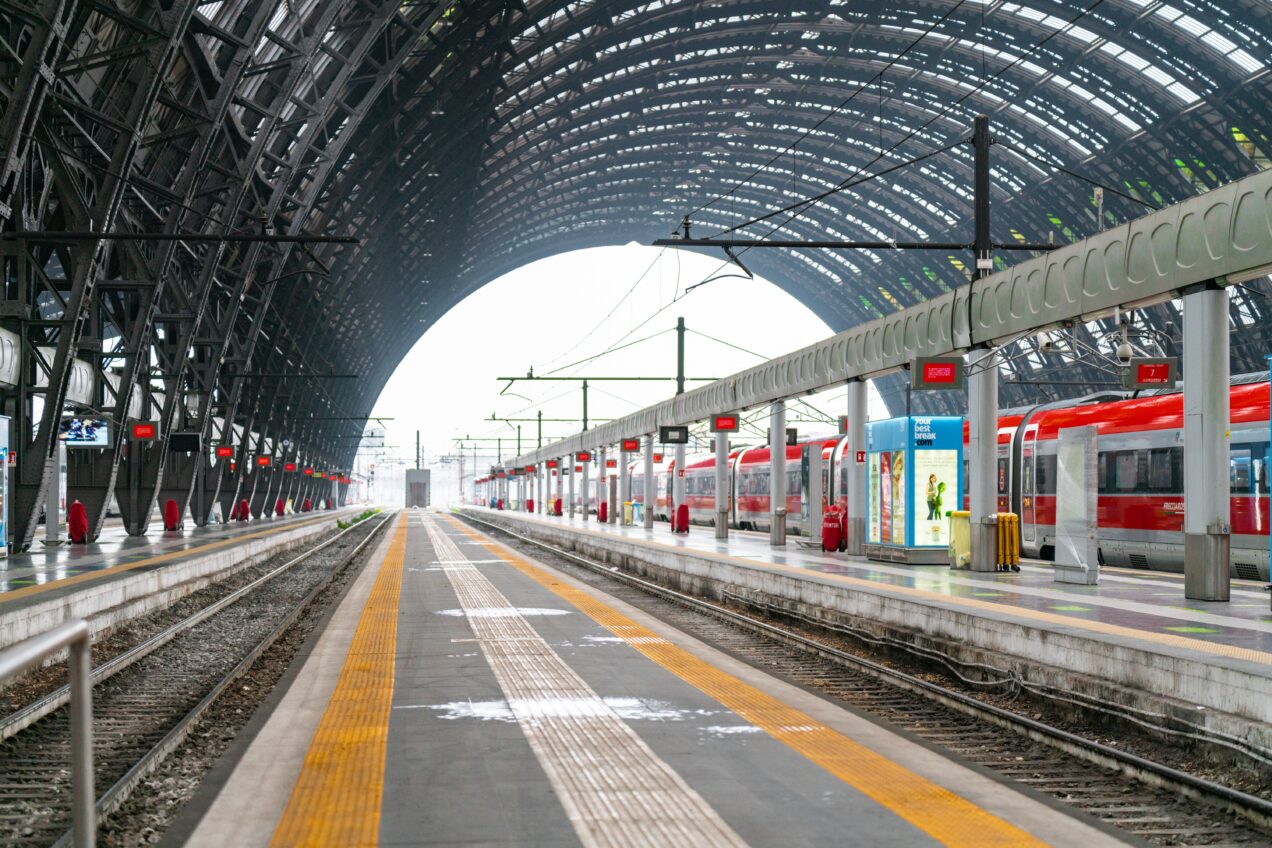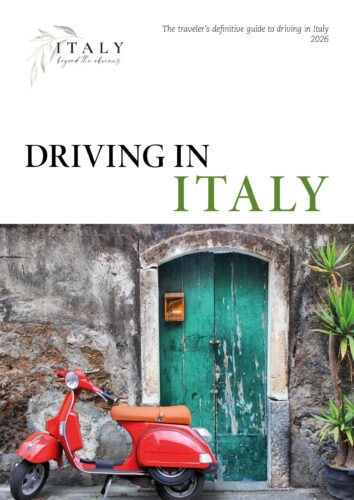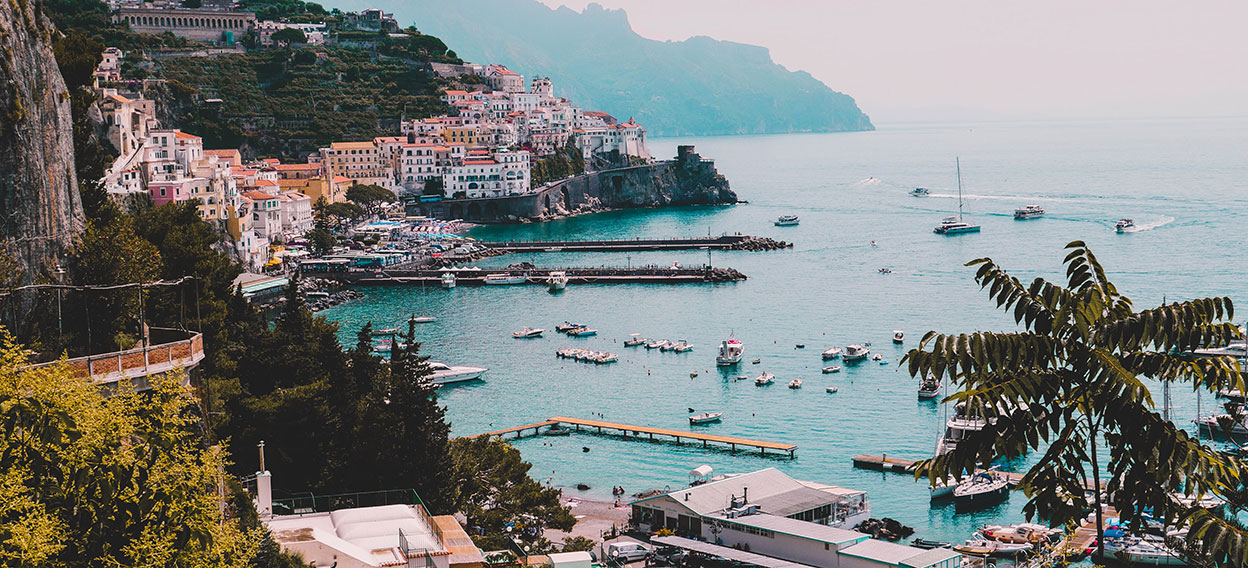
A Traveler’s Guide to Strikes in Italy
When we alert traveling clients that there may be scheduled train strikes in Italy coming up, they are often confused. “What do you mean, the strike is scheduled?” they often ask..followed by “How can the trains just not run?”
Disruptions in air travel have become relatively commonplace, but few US travelers have been caught up in travel chaos on land. In Italy, however, the country hits pause on ground travel often enough that most Italians just shrug and make alternative plans. That may not be so easy for a novice to the Italian strike game, so here is our Italian Strikes 101 beginner’s course for tips and tricks on how to manage if you run into a transportation strike while on the road in Italy.
Strikes in Italy: The Basics
Strikes in Italy are common, and could definitely affect your trip.
Strikes are so common in fact, that one of the first words I learned after moving to Italy was sciopero, the Italian word for “strike”. After I’d lived there a few months, I got used to them as the Italians do, and learned another useful Italian word: arrangiarsi, “to figure it out”. Yes, strikes are inconvenient and disruptive, but you can’t do anything about them. However, you can plan around them, because…
Most strikes in Italy are planned in advance and communicated to the public.
The most common strikes that affect travelers include public transportation (rail, bus, and air), museum personnel, and fuel (both fuel transport and gas station personnel). But strikes are conveniently publicized a few weeks or months ahead of time, so that you can work around them. Check the list on the website of the Commissione di Garazia Sciopero (screenshot below) to see which group is striking, and when. The website is in Italian, so translate the page into English using the Google Translate extension on your search bar or right click on the page and choose “Translate to English” to understand the information.
However, you’ll need to check this list again right before you leave because…
Strikes in Italy are frequently rescheduled from their originally published date.
Double-check the strike schedule right before your trip to see whether the strikes are still planned. And before you panic when you see a strike scheduled for one of the dates you’re in Italy, remember…
Strikes in Italy are usually a specific group and location, so may not mess up your plans.
This means, for example, that although you may read that the baggage handlers at Rome’s airport are going on strike, the rest of the airport will be working perfectly normally (remember to pack carry-on in this case, however). Or a specific transportation strike may affect trains but not buses. Or the post office is on strike, so while it’s certainly inconvenient that you won’t be able to mail home your Italian ceramics, at least you know about it.
In addition, a certain number of trains must run by law during strikes as part of the “guaranteed minimum transport services”. That means that there are a handful of trains that continue to run during peak rush hours (6 to 9 in the morning and 6 to 9 in the evening, Monday through Saturday). These trains sell out quickly, however, so you’ll probably not be able to nab a ticket for one of these routes until you happen to have booked a ticket for a “guaranteed” train well in advance.
Strikes in Italy may last a few minutes, a few days, or anywhere in between. If you’re lucky, you’ll know in advance.
Sitting on an airplane on the tarmac in Milan once, I asked the Italian sitting next to me what the delay was. “Sciopero,” he responded. Air traffic control had gone on strike for about 10 minutes, and then they were back to work.
On the other end of the spectrum, my husband and I were flying to Sicily via Munich for a holiday and arrived in Munich to find Italian air traffic controllers were on strike. We decided not to hang around and wait, and instead visited a travel agency in the airport. We canceled our Sicily hotels and spent a lovely week in Barcelona. The point is….
If there’s a strike, it’s up to you to figure out alternate plans.
If you know about a national train strike ahead of time, you can plan to stay an extra day in the city, leave a day earlier, or plan an alternate mode of transportation (take a bus, for example, or rent a car) to get to your destination. But if you show up at the train station with all your luggage and then discover there’s a strike, don’t expect a help desk or hotline phone number to help you make other arrangements.
In short, don’t panic! Keep in mind that strikes are normal in Italy, and the Italians work around them. You’ll need to, as well.


